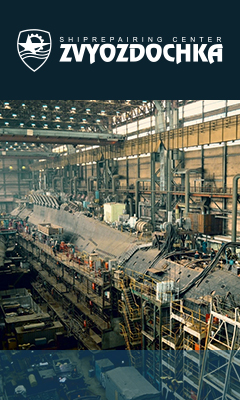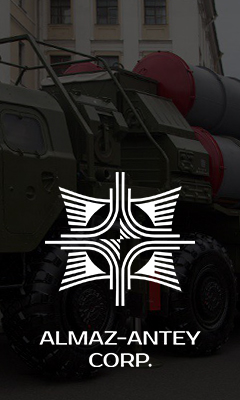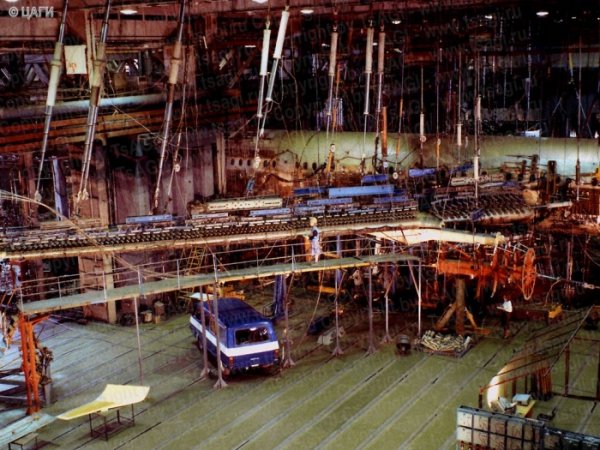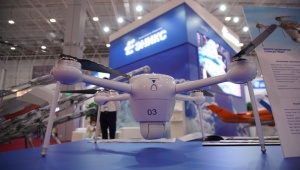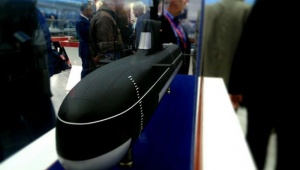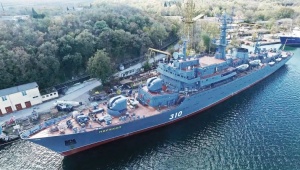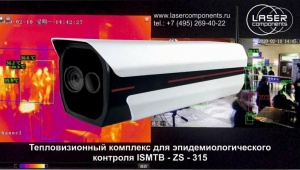"The substitution of hydraulic system for the electric one will facilitate and cheapen the airplane maintenance procedure", Vladimir Kuvshinov, the system developer at TsAGI told Mil.Today. This approach stands out for its eco-friendliness as well, he added.
The US does use electricity instead of hydraulics on Boeing 787. That entailed the need for a 1MW main power generator and a 450 kW auxiliary one. Normally, aircraft of this class use 100-120 kW powerplants.
"Replacement of hydraulic system with the electric drives will make a plane more reliable, reduce its weight, improve control accuracy, save money and time for maintenance", commented Mikhail Pestrakov, an expert of the Kompas Design Bureau.
The present-day airplanes utilize three basic types of energy: pneumatic, hydraulic and electric. The most powerful, pneumatic, is formed by engine operation and provides functioning, in particular, of the air conditioning system. Hydraulic energy is used for control of force actuators like flaps and landing gear.
Over 200 aircraft companies in Russia are working on the concept of so-called "all-electric aircraft". Experts distinguish two key trends: an electric-engine aircraft (lead developer is the Baranov Central Institute for Aircraft Engines) and a more-electrified aircraft (replacement of pneumatic and hydraulic energies with the electric one).
According to experts, however, there will be no considerable success in creation of an all-electric aircraft within the next 20-30 years due to the lack of high-effective electric motors and their power supply sources.
Russian Aircraft Substitute Hydraulics for Electrics
The Zhukovsky Central Aerohydrodynamic Institute (TsAGI) is developing fast electric drives to replace aircraft hydraulic system. The experimental models for 3 tons have been already created, development of the 7-ton electric drives is under way. The ground tests are completed, only flight trials and certification remained.










